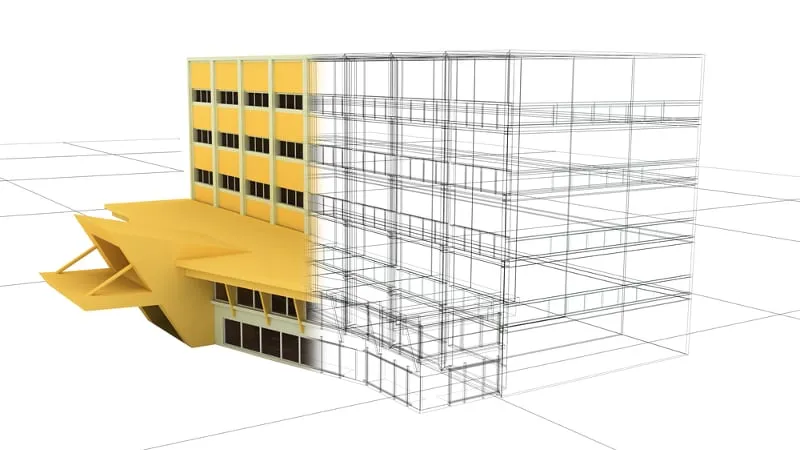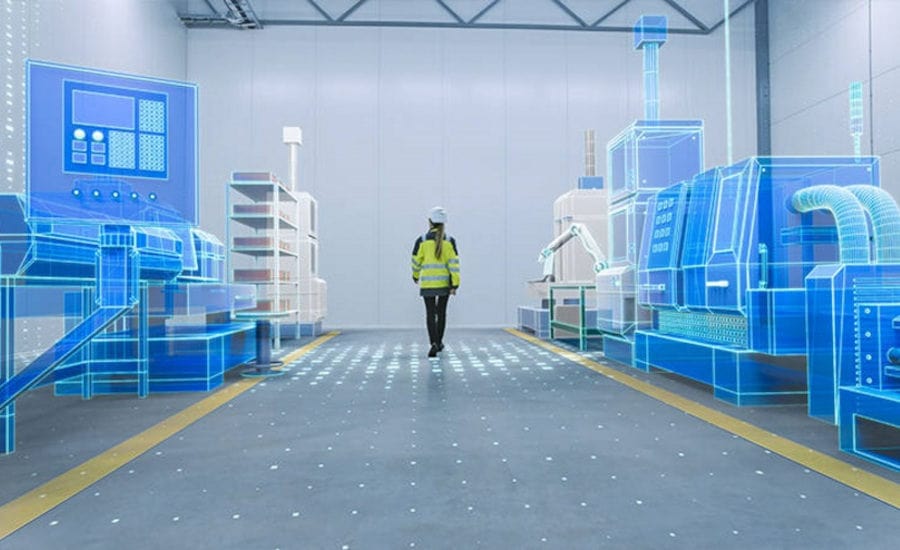Digital Twin: What Are Its Applications in Modern Mining?
The modern mining industry has evolved thanks to the integration of advanced technologies aimed at reducing environmental impact, improving operational efficiency, and ensuring sustainability. One of the most revolutionary tools in this context is the digital twin for mining. This technological approach allows for the creation of virtual replicas of mining assets and processes, offering a range of applications that boost productivity and reduce costs. Additionally, digital twins facilitate the collection and analysis of critical data to optimize mining operations.
What is a Digital Twin and How is it Applied in Mining?
A digital twin is a virtual representation of a real-world asset, process, or system. In mining, this means that an entire mine, its extraction processes, machinery, and equipment can be digitally replicated. Thanks to digital twins, operators can monitor, simulate, and optimize operations in real-time, leading to better decision-making and greater control over mining activities.
Types of Digital Twins in Mining:
There are several types of digital twins applied in mining:
1. Process Twins: These simulate operational processes, such as mineral extraction and processing, allowing for parameter adjustments to improve efficiency.
2. Equipment Twins: Digital replicas of mining machinery and equipment used to monitor their condition and predict failures.
3. Infrastructure Twins: Virtual representations of mining infrastructures, such as tunnels and transport systems, which facilitate planning and maintenance.
Uses of Digital Twins in Modern Mining
The uses of digital twins in modern mining range from process optimization to improving safety and sustainability:
Monitoring and Predictive Maintenance: Digital twins enable real-time monitoring of equipment, helping detect potential failures before they occur. This reduces downtime and corrective maintenance costs, increasing operational efficiency.
Process Optimization: Through simulations, digital twins identify areas of inefficiency in mining operations. For example, they can optimize energy and water consumption in mineral processing, leading to significant savings and reduced environmental impact.
Data Analysis and Decision Making: Digital twins collect and analyze data generated by IoT sensors and other devices. This capability allows for predicting asset performance and facilitating informed decisions based on accurate data.
Types of Data Analyzed with Digital Twins
Digital twins in the mining industry collect and analyze a wide variety of data essential for improving operations:
1. Operational Data: Information about the performance of machinery and equipment, such as production rates and downtime, which is essential for predictive maintenance.
2. IoT Sensor Data: Real-time data on conditions like temperature, pressure, and vibrations, facilitating early problem detection.
3.Historical Data: Past information about equipment and processes to identify patterns and plan future maintenance.
4. Geospatial Data: Topographic and geological information used for planning excavations and drilling.
5. Environmental Data: Measurements of environmental impact, such as emissions and water consumption, to comply with regulations and promote sustainable practices.
6. Safety Data: Information about incidents and hazardous conditions to improve workplace safety.
Advantages of Digital Twins in Mining
Digital twins in modern mining offer significant advantages, including:
– Reduction of Operating Costs: By optimizing processes and reducing downtime, digital twins help decrease operating costs and improve overall efficiency.
– Improved Safety: Simulation and real-time monitoring reduce occupational risks, allowing companies to anticipate and mitigate potential hazards in operations.
– Sustainability: Digital twins enable the optimization of resources like water and energy, contributing to more sustainable and environmentally-friendly mining practices.
Conclusion
Digital twins have become an essential tool in modern mining, transforming the way mining operations are managed. Their ability to simulate, monitor, and analyze data from various sources helps improve efficiency, reduce costs, and increase sustainability. By adopting this technology, the mining industry can move toward more responsible and efficient practices, aligned with current standards of sustainability and social responsibility.
Are you ready to discover how digital twins can transform your mining operations?
JOIN THE NEW REALITY!



